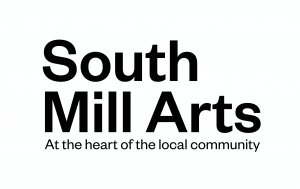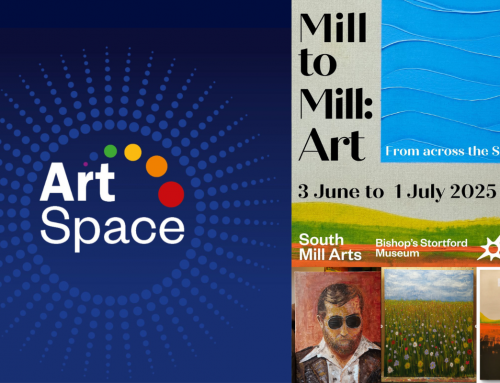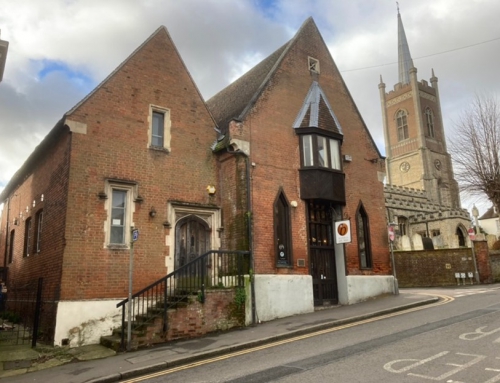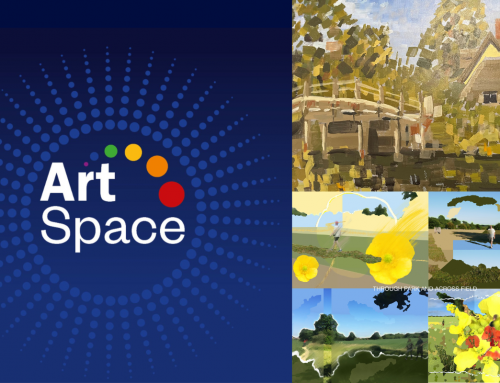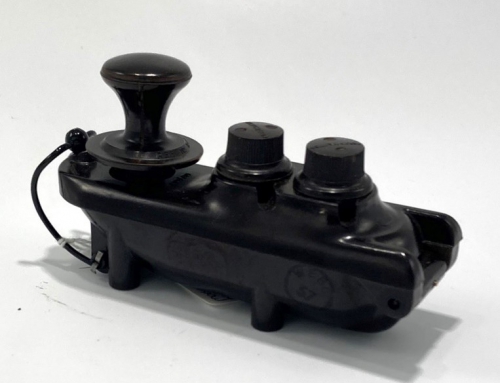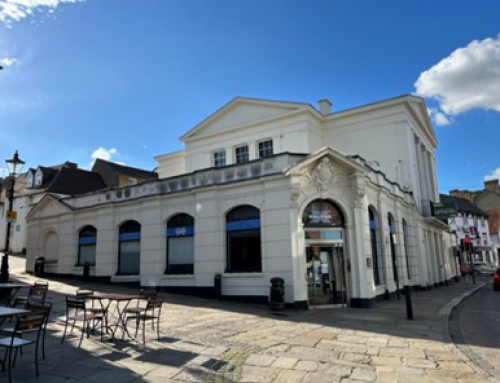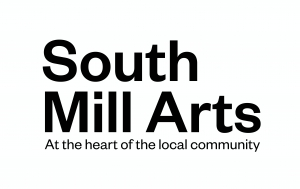On the ground floor of South Mill Art you will see a Roman coffin that was discovered in Bishop’s Stortford.
Bishop’s Stortford was on the line of the Roman road, Stane Street, which ran from St Albans to Colchester via Braughing. Construction began around 50AD, little evidence from this period has survived except for excavations which show a section of the road, plus evidence of a cremation facility and a burial site.
Roman settlements in Bishop’s Stortford were found at Grange Paddocks and Cannons Mill.
In 1956 on the site of the pavement outside Nos 174 and 175 Cannons Close, near the major Roman road, Stane Street, a burial was discovered, the body of a man wrapped in a shroud and laid within a stone coffin. Wet gypsum had been poured into the coffin to solidify around the body, which, on hardening, set into an exact form of the shroud, unfortunately the shroud has since rotted. Gypsum burials without grave goods were a common Christian practice in the Catacomb of Rome during the 2nd century.
On investigation the man’s age was estimated at about 50 years old and it was believed to have been of some social standing as the coffin, weighing some two and a half tons (2,500kg) was made of Shelly limestone originating from Barnack, Northamptonshire. In medieval times this type of stone was greatly prized for the building of castles and cathedrals.
It is possible that the man was a Roman soldier or a nobleman who suffered from a bad back, arthritis and had broken many of his bones during his lifetime.
The question still remains – who was this man and why was he so important?
The skeleton is located on the second floor of the museum.

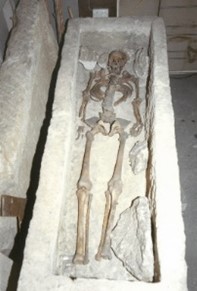
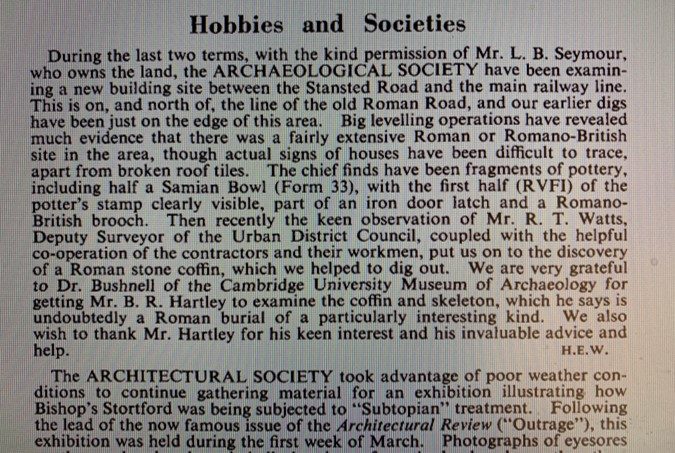
One of our Museum Volunteers, David Clare remembers the coffin from his school days:
“In 1956 I started at Bishop’s Stortford College in the Prep. I do not remember the coffin being found in 1957 but that is because the Archaeological Society was made up of students in the main school and we had different classrooms. A few years later, when I moved up to the main school, was the first time I became aware of the coffin.
Our history teacher was Teddy Wall, and his classroom was next to the library on the ground floor. As I remember the coffin and skeleton were always in the corner of his room which I would visit regularly every week as I was studying ‘O’ level history. A few years ago I remember another old history teacher who told me that there were two coffins found. I believe the second one lives below South Mill Arts as when it was being built workmen found it in the ground and smashed it up to use for foundation material.”
(with thanks from: Paul Ailey www.stortfordhistory.co.uk)
